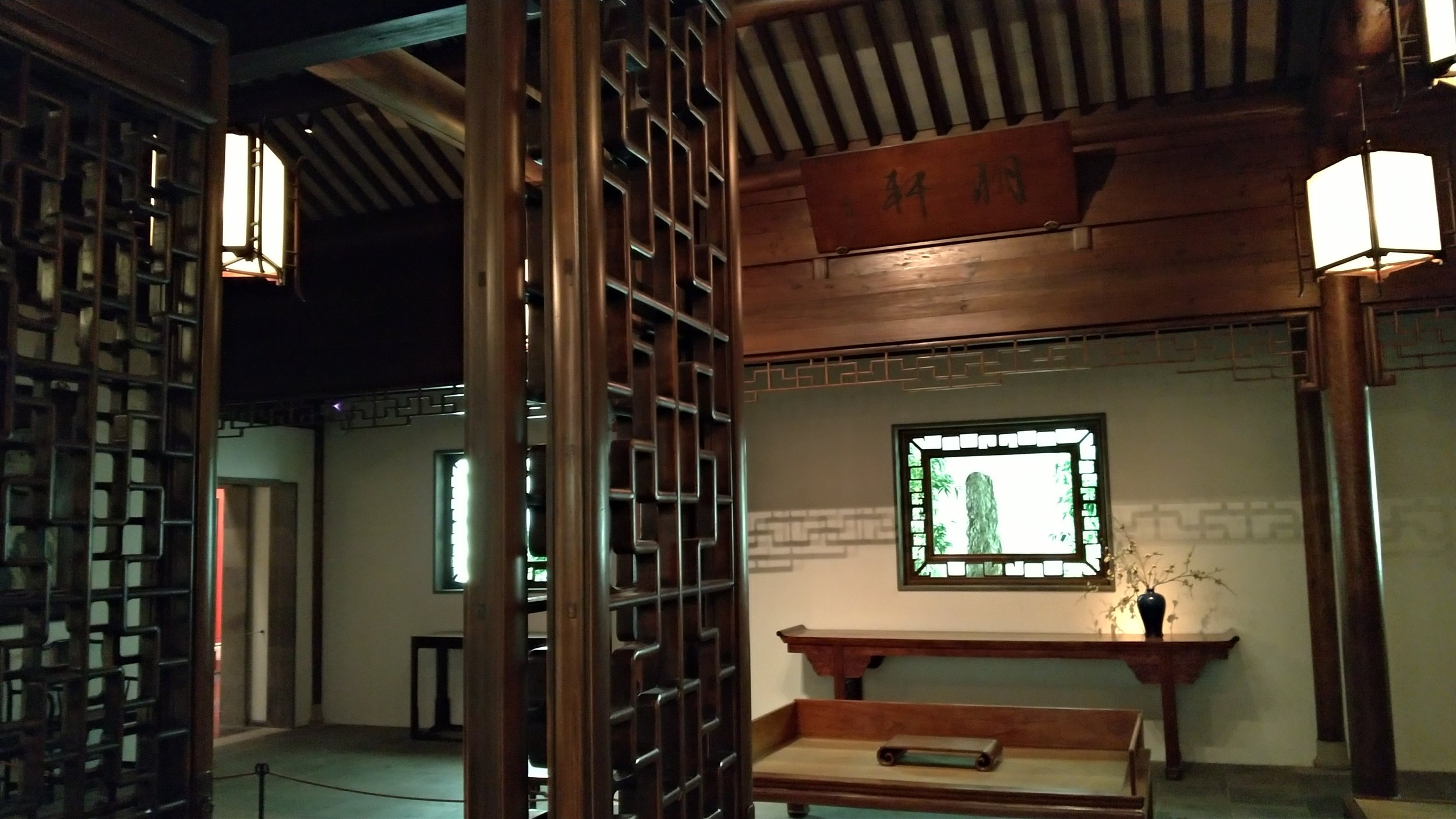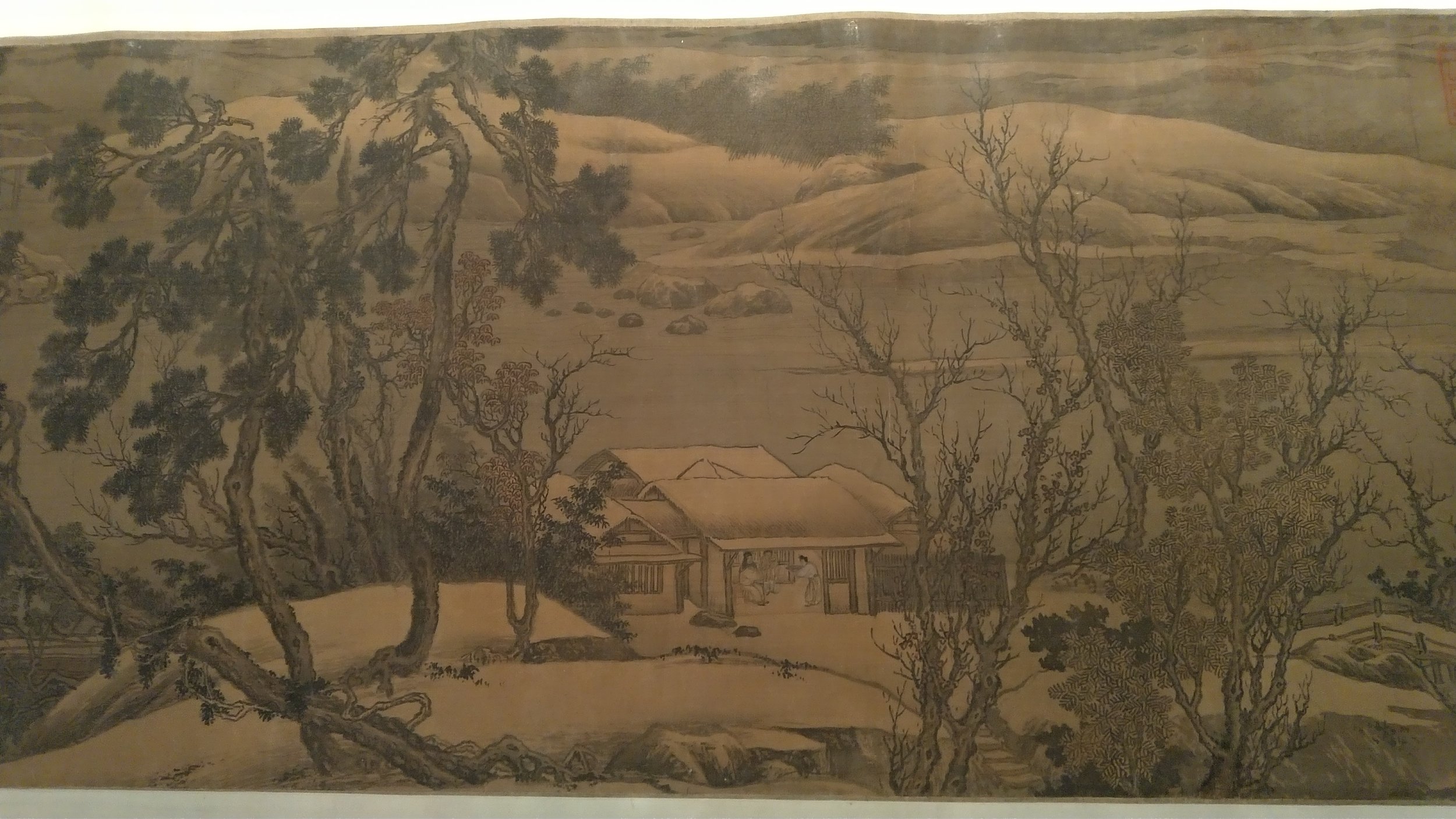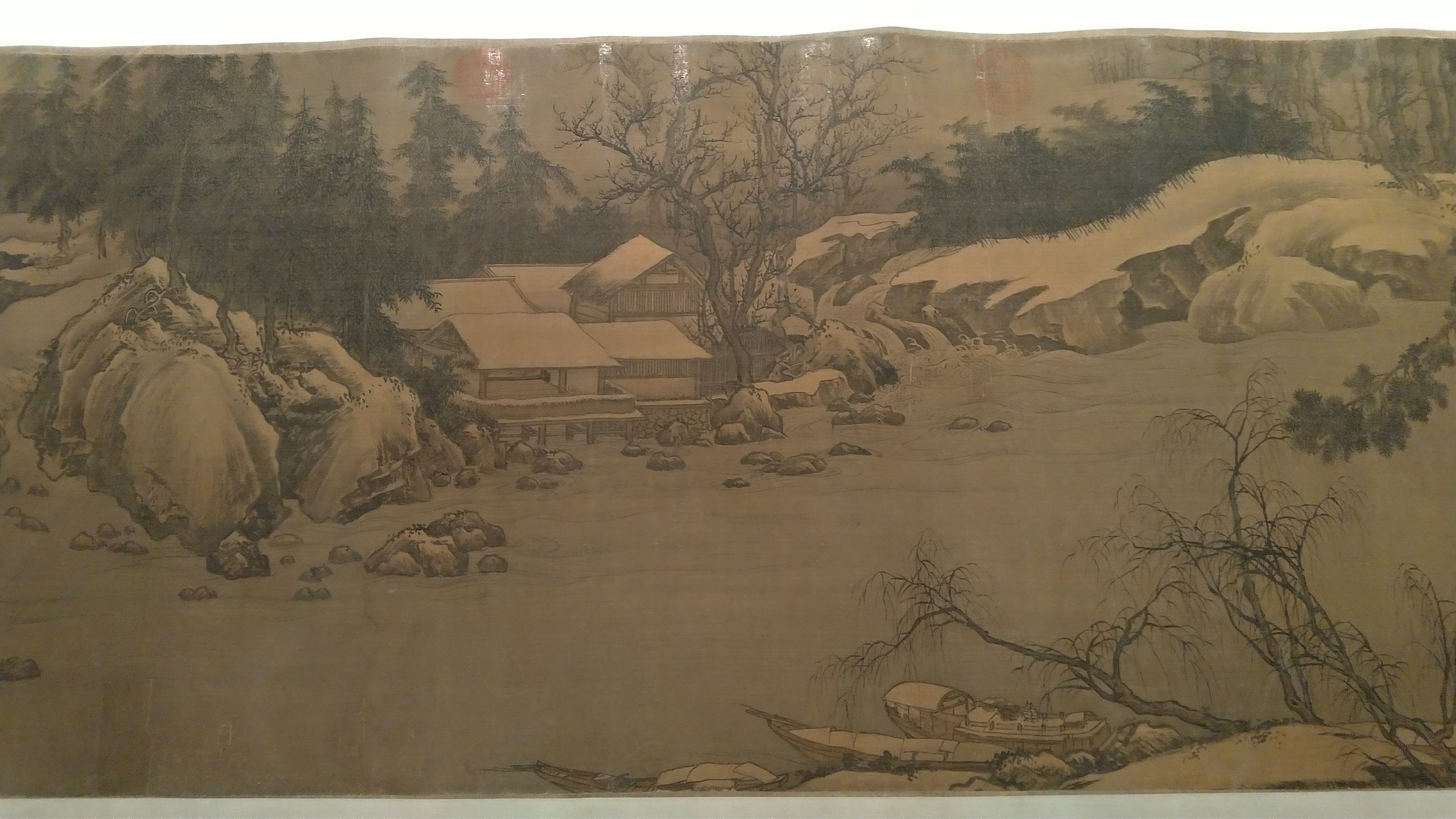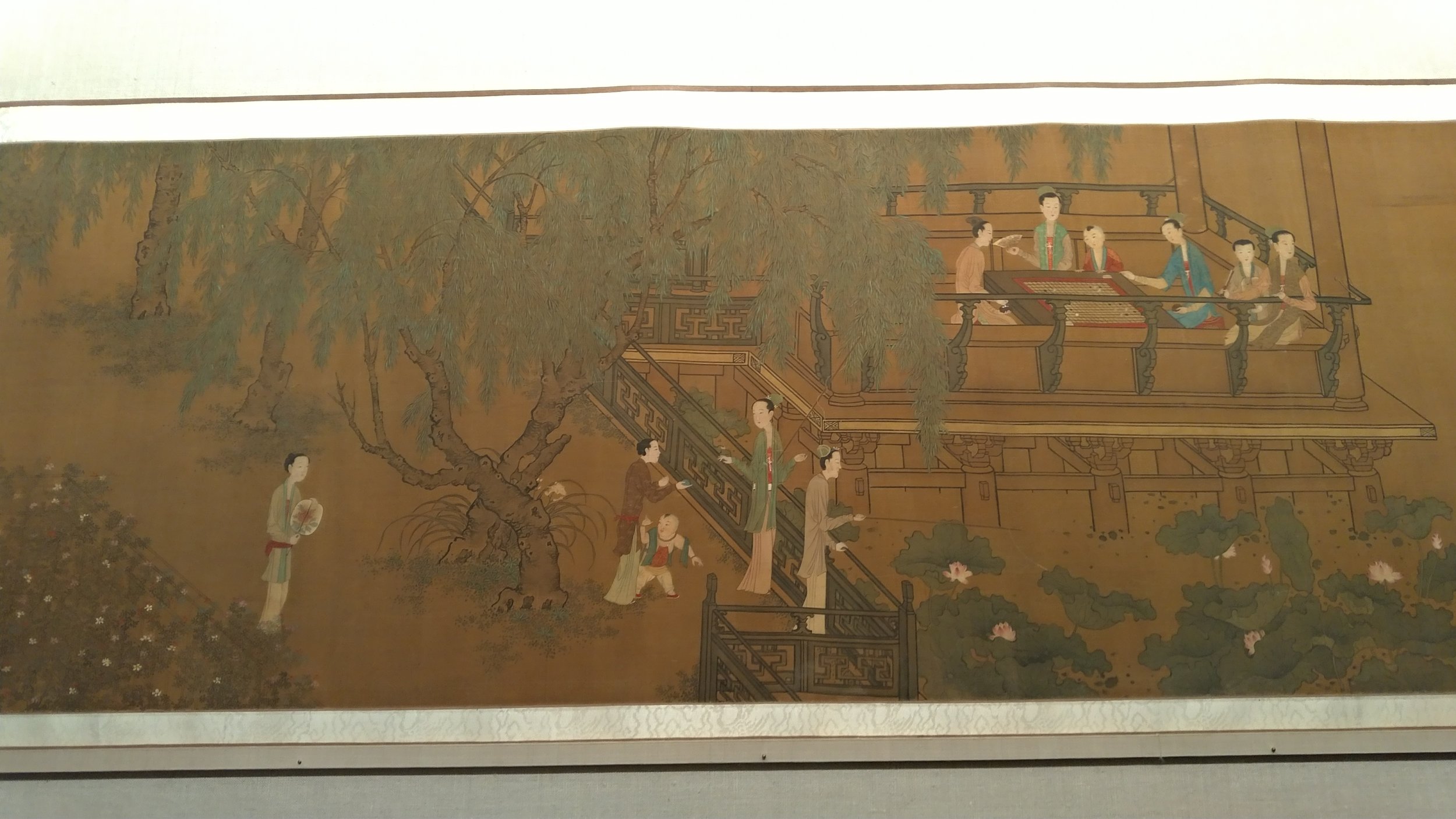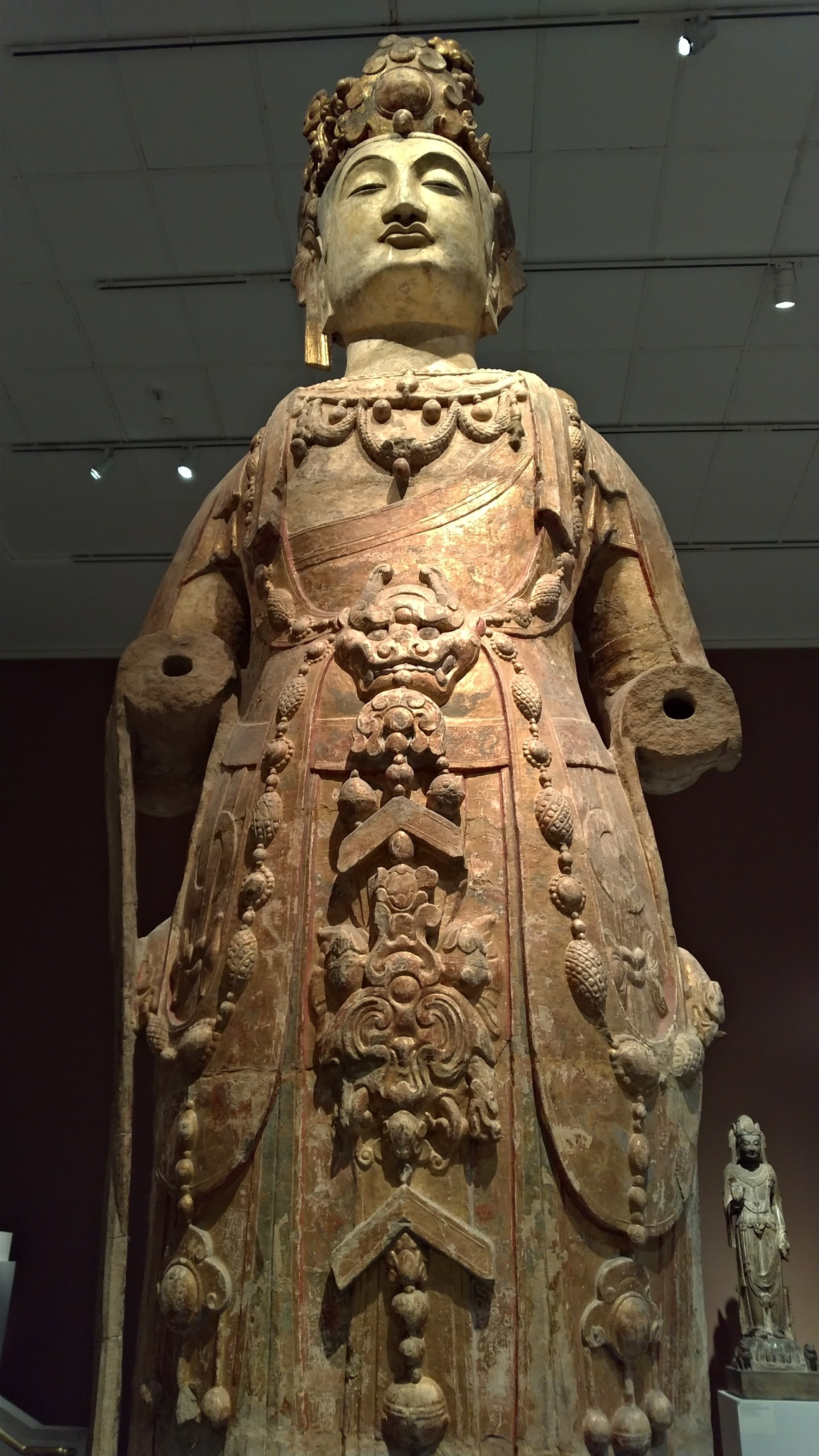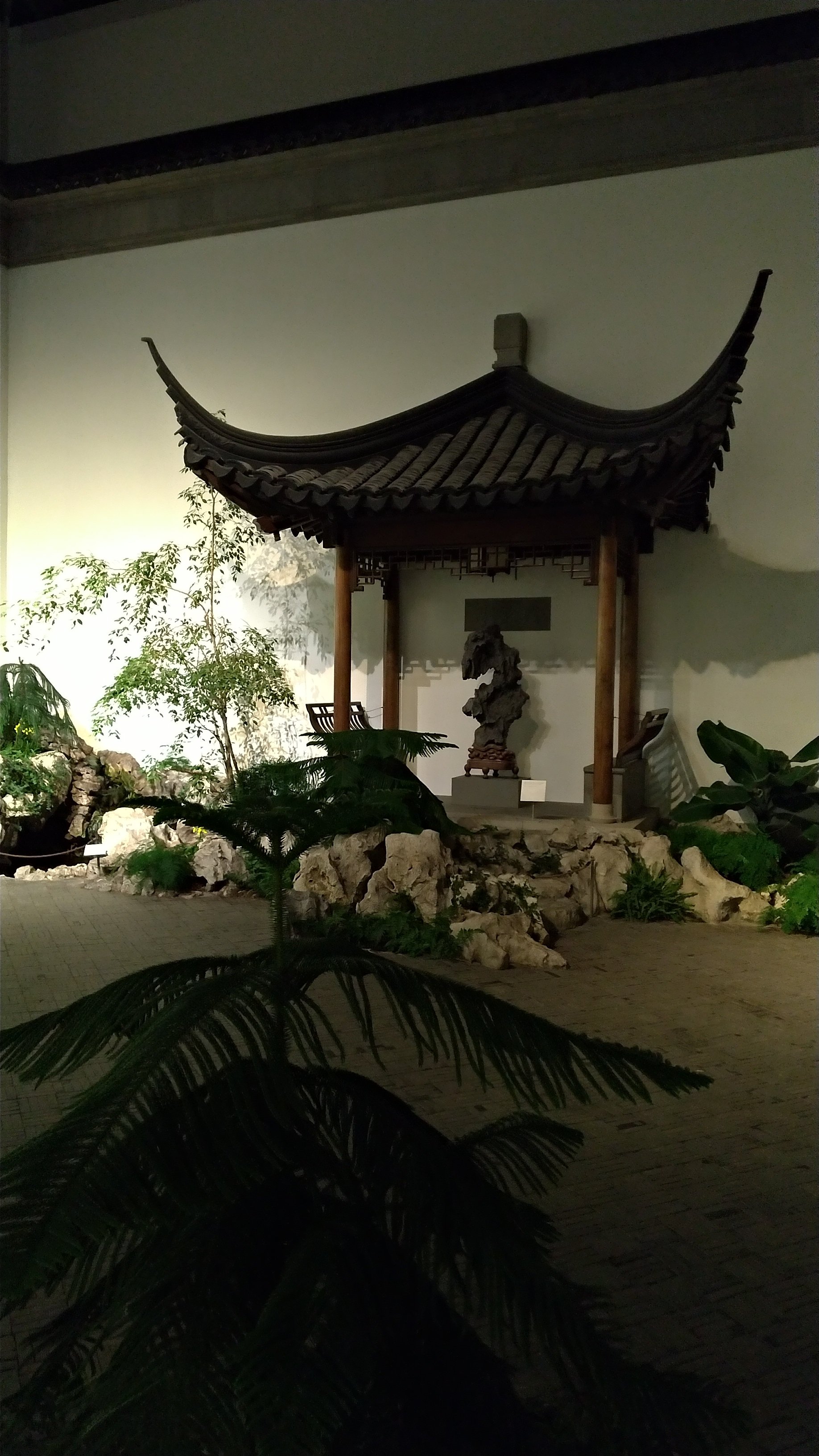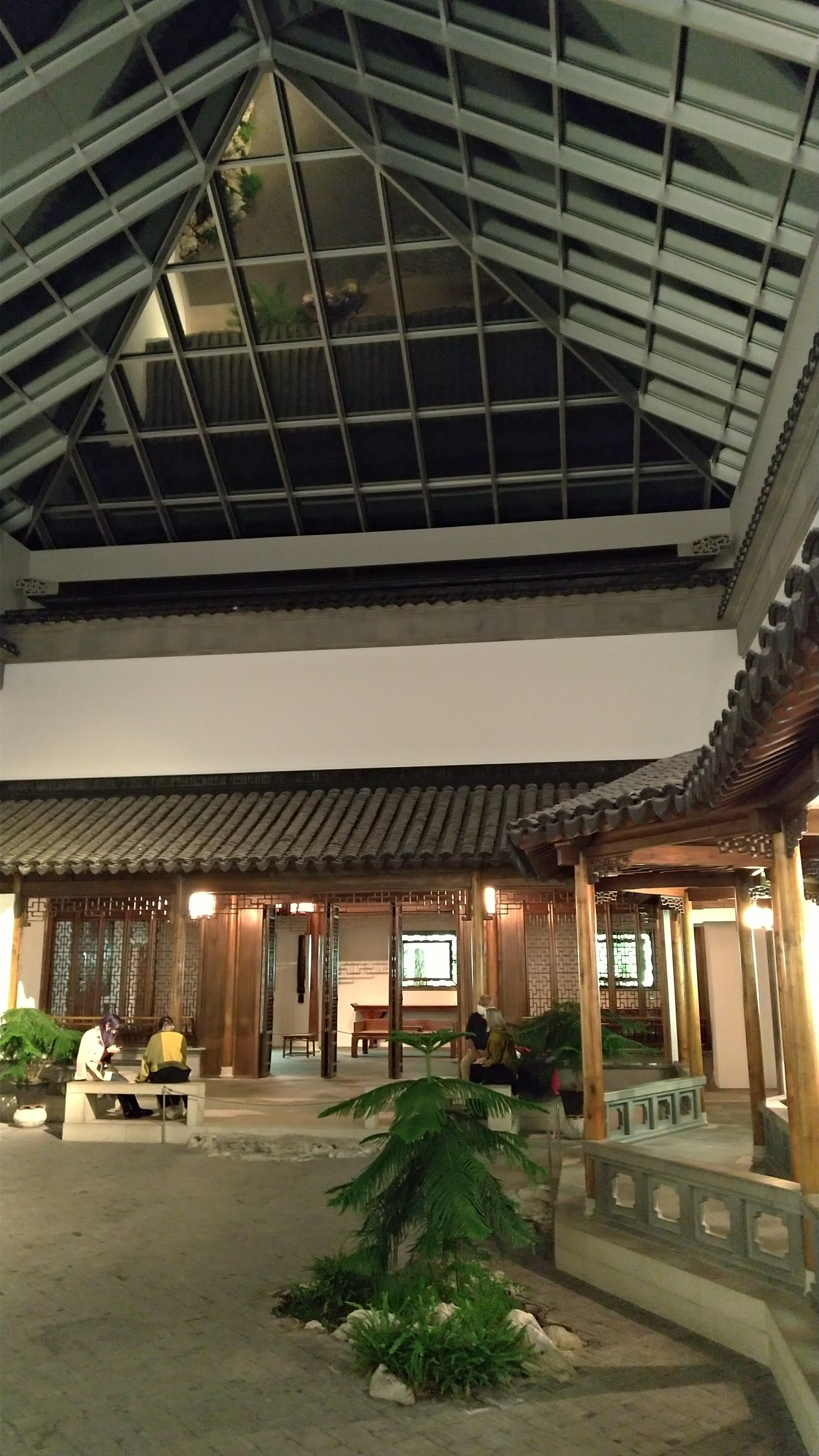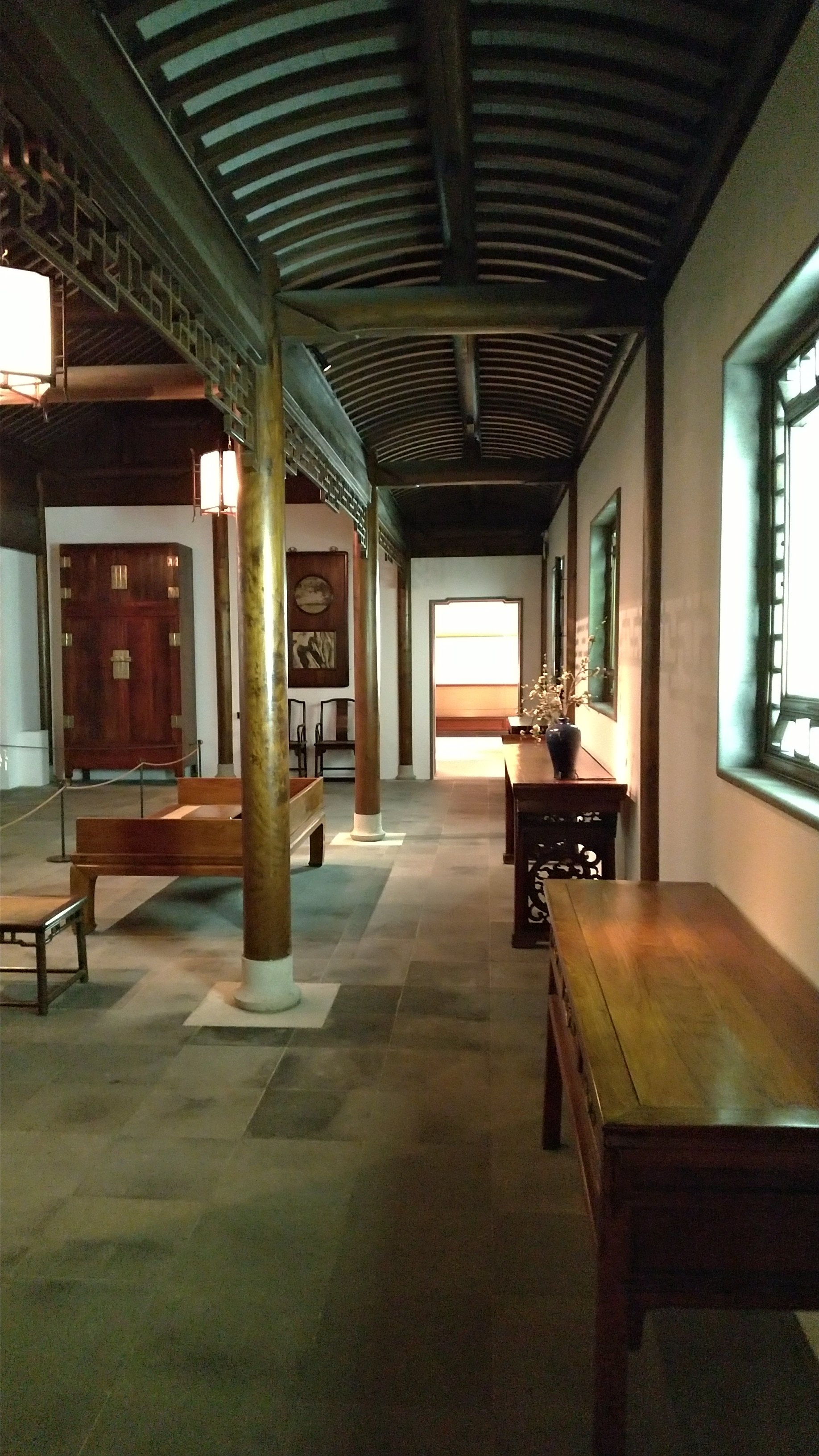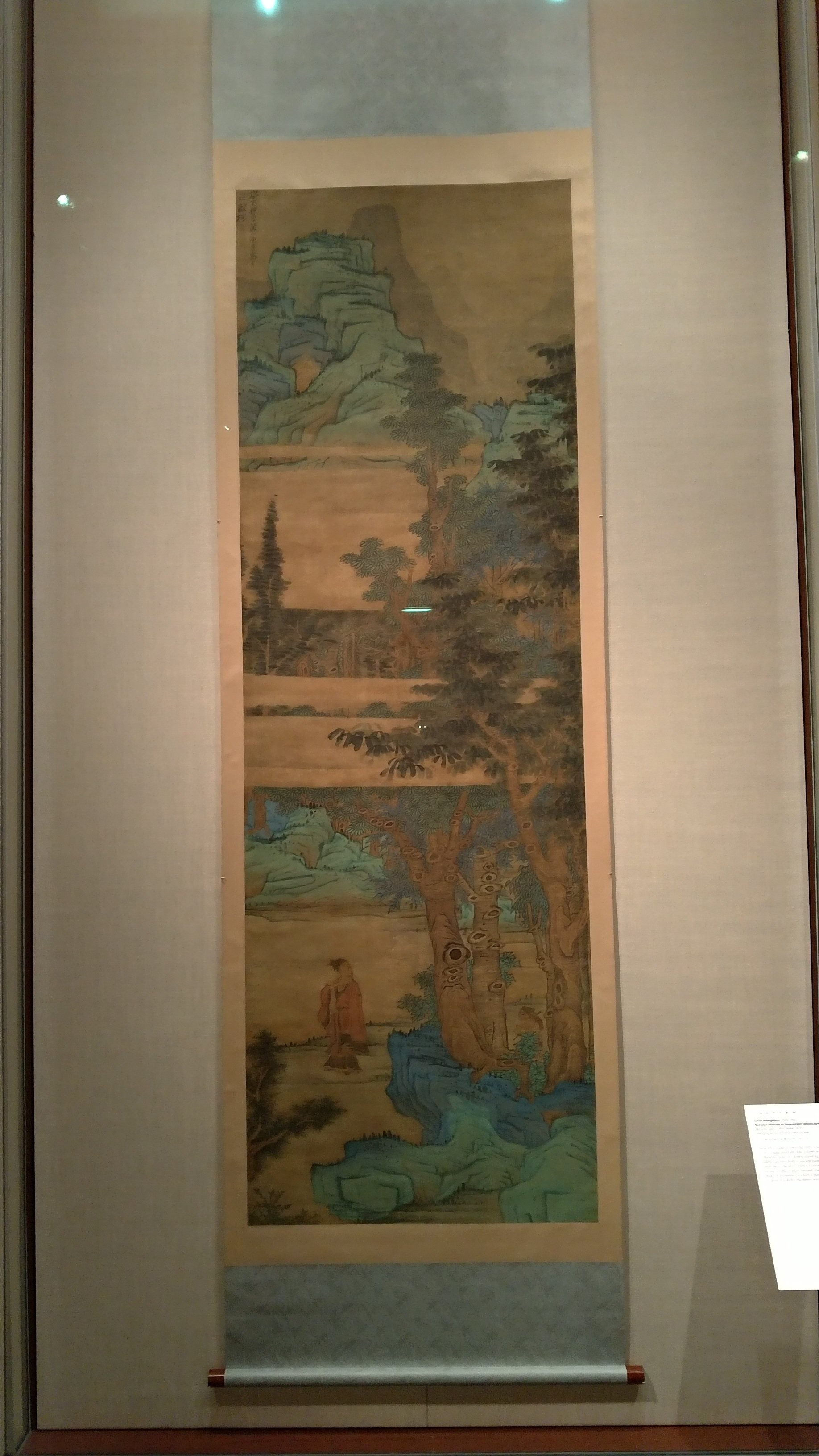The 13-foot tall Bodhisattva, lavished with layers of wondrous jewelry, is staring at me in an enigmatic way. I have found myself in the shadow of the larger-than-life 6th-century Buddhist sculpture because a little earlier I felt another shadow -that of the Omicron variant- approach in a menacing way, giving rise to familiar uncertainties about what we would be able to do in the (perhaps not so distant?) future. “Christmas is no Christmas without Met!”, I thought, and, revitalized by the booster shot, I ran outside, rushing to the Metropolitan Museum of Art before restrictions are imposed.
The holiday “pilgrimage” involves the Christmas tree and the Baroque Neapolitan crèche displayed every year in the atmospheric Medieval Sculpture Hall (with Christ Pantocrator -copy of the Hagia Sophia mosaic- “supervising” the scene from above). Little angels, with their faces, wings and colorful silk robes rendered in exquisite detail, hang from the tree's branches, whereas on its base, besides the classic Nativity figures, are depicted numerous scenes from urban and rural 18th-century Naples.
Last year I missed the installation because, although I did go to the museum, I did not see it at its usual spot. I assumed that they had wisely decided not to set up the popular attraction, since traditionally all visitors flock to gaze at the miniatures and to have their picture taken in front of the Christmas staple. I subsequently found out that it had actually been set up, but at another, more spacious spot. This year I read that the tree has returned to its place. Yet I decided to extend the suspense and not go directly to my “rendezvous” but first wander a little. Guardian and harbinger of the Asian Wing, the humongous Bodhisattva (enlightened being who postpones his or her own entering into nirvana in order to show the awakening way to others) exercises a mysterious power over me -I'm all alone with him in the vast room!- and pushes me to proceed deeper into the East.
As if hypnotized, I float through halls with carpets of all possible colors and sizes, hung on walls or spread on floors, while greenish porcelain vases gleam in the semidarkness. Passing under a vault guarded by two lions on either side, the Asian river carries me to an atrium with a fountain, rocks, greenery and a pagoda-shaped pavilion. The gurgling water and the bamboo are real, therefore the equally real cool of the place sends me to find refuge in the rooms spreading in the perimeter of the Ming-style courtyard. Here the warmth of wood prevails, showcasing the artistry of traditional Chinese architecture, decorative arts and woodcraft, ranging from sturdy closets to elaborate ceilings.
Moving on, I enter a dreamy snowy landscape: a Chinese painted handscroll unfolds -literally, since the work is destined to be unwrapped, unrolled slowly and “read” from right to left- a riverbank. The surrounding slopes and rocks are covered with snow, while the tree branches are bare. With ink and pigment applied onto the silk sheet, the 12th-century master captivates the spectator with the idyllic winter image, while simultaneously directing our gaze to the human figures and structures “hiding” in the heart of nature. From the embrace of the boundless scenery, the painter focuses on a small bridge leading to a plain residence (or, according to another interpretation, a hostel) with a straw roof. Again close up on the interior: an officer is enjoying his meal with his wife and son. Nearby, a gentleman on a boat is headed toward another, equally appealingly isolated, residence or shelter.
The work is part of the exhibition titled “Companions in Solitude: Reclusion and Communion in Chinese Art”, investigating the twofold theme of withdrawing from, as well as of blossoming within societal life. Stepping away from organized society is considered the ideal condition for one’s intellectual and mental cultivation, as well as for overcoming the weariness caused from this world’s pains. The question “alone or together” has puzzled Chinese culture for thousands of years, in conjunction with each era’s political circumstances. For example, we learn that retreating into nature evolved into a central theme for Tang dynasty poets and artists, as the status quo was collapsing. Faced with the human structures’ failure, the intellectuals turn to the natural world.
The medium of the (unfolded) handscroll bestows an exquisitely narrative dimension on the whole experience since, in order to follow scenes and details, you have to take small lateral steps, as in the case of a 17th-century work where women and children play music and games in the marvelous garden of an aristocratic house. Leaping over time, we dive into solitude: in a 1921 fan painting the artist depicts a woman contemplating, alone, in a garden.
In a hanging scroll, underneath towering trees a scholar-gentleman turns to his assistant who is following him carrying wine. We learn that the bright green and blue colors dominating the landscape symbolize an elusive space and time, and that the image captures the quintessence of reclusion, with man turning his back on society in favor of contact with nature.
When the guards (in the flesh, not Buddhist statues) show me the exit, I realize I, once again, failed to reunite with my beloved Christmas tree! Still, I encountered the minds of the Chinese masters through their landscapes. I hope I'll catch the crèche next time.
This essay first appeared in Greek in the TA NEA newspaper (in print and online) on January 18, 2022.
It was reproduced by HellasJournal.com.
Το κείμενο αυτό πρωτοδημοσιεύτηκε στην εφημερίδα ΤΑ ΝΕΑ (έντυπη και ηλεκτρονική έκδοση) στις 18 Ιανουαρίου 2022.
Αναδημοσιεύτηκε από το HellasJournal.com.
Για να διαβάσετε το ελληνικό κείμενο, κάντε κλικ εδώ.
